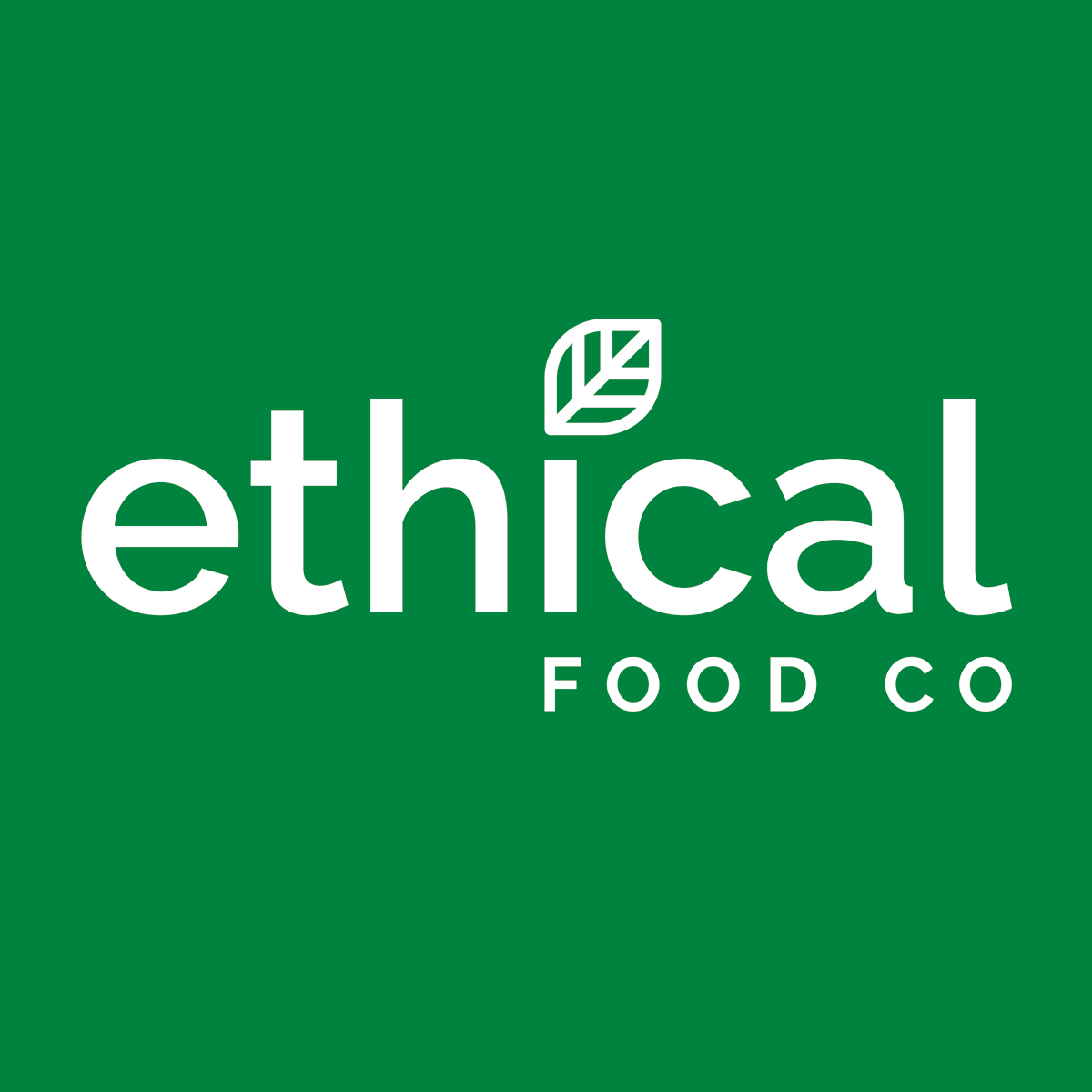Building a food brand takes passion, and it’s something that more and more people are taking on as challenger brands continue to grow.
You might tick all of these or have some yet to complete, but these are our top ways to build your food brand that will challenge and grow the market.
- Know your consumer’s persona(s)
- Be clear on what your USP is
- Ensure your brand story is compelling and clear
- Ensure your logo/branding is unique and distinct
- Create stunning packaging that is fit for the purpose
- Be passionate about your brand.
- Have a clearly defined brand strategy
- Have a set of professionally produced brand guidelines
- Actively engage your consumers through social media.
- Invest in a website that you control
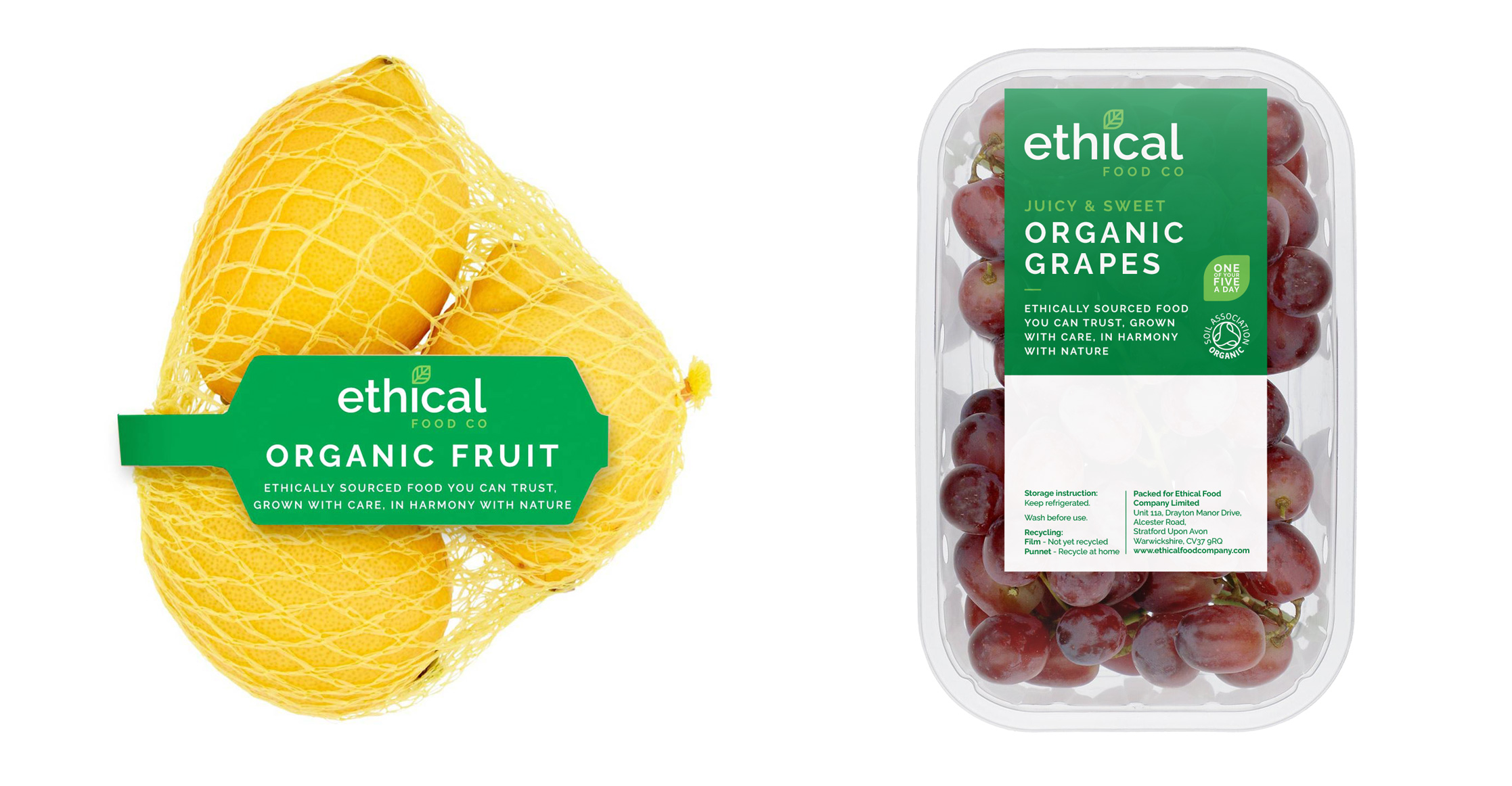
1. Know your consumer’s persona(s)
You have to know how your target customer(s). To the point where you can picture them shopping and coming across your brand.
If you don’t know who they are and their needs and wants, you will not be able to ensure your brand fulfils those needs and more.
It is worth brainstorming your brand to ensure you know any shopping personas (what is a persona) you want to engage. Inversely, knowing who you don’t want to attract is very helpful.
2. Be clear on what your USP is
Part of knowing your key customers helps you to know your brand better. If you fully understand how your product answers your customer’s most critical needs, then you have your USP.
Some brands do this the other way around and start with their USP, which helps to define who their customers are; either way, it should be based on a transparent and honest appraisal of your product.
Use your competitors to test how unique your USP is and how best to position your food brand or product.
3. Ensure your brand story is compelling and clear
A brand story is no longer a nice to have; it is an essential part of a successful food brand’s promotional toolkit.
Large food brands often have to fake or buy a smaller brand to acquire their brand story, but for smaller artisanal producers, this is one of your key differentiators.
Consumers want to engage with brands that stand for something and have a personal story or drive behind them. It is time well spent to refine and present your story in the best possible way.
4. Ensure your logo/branding is unique and distinct
For many artisan producers, their passion for the product may mean they see branding or the creation of a logo as something to worry about once they are established.
Unfortunately, this ignores that success depends on the customer engaging with and purchasing the product – the very purpose of branding.
Understandably, a good product should be successful, but many excellent products have failed because they couldn’t attract the right customers.
Unique and distinct food branding will bridge that vital gap between awareness and purchase.
5. Create stunning packaging that is fit for the purpose
Similar to branding, food packaging design can be seen as secondary to the quality of the product and miss the fact that the correct packaging is not just about containment it is part of the brand message.
Choosing glass over plastic says something about your brand, choosing the right colours says something about your brand, and your packaging says something about your brand.
Ensure what it says is under your control and assists the brand rather than against it. Stores now insist on specific packaging requirements, from clearly available barcodes to shelf-ready shippers.
6. Be passionate about your brand.
Foodies are passionate about food. They are interested in knowing what is in it, where it comes from and why you created it.
Match that passion and be the most prominent advocate/fan of your product; if not you, then who?
If you are passionate about your product, then that pride and care tell them more about the product than any ingredients list or strapline. Passion will attract more advocates who can then become your unpaid salesmen.
7. Have a clearly defined brand strategy
The adage ‘failing to plan is planning to fail’ is as accurate in branding as anything.
If you don’t have a plan or strategy to build your food brand, then you have no idea where it will end. Your strategy may evolve and change, but at least they are decisions you make rather than have to respond to.
If you don’t have a brand strategy, you cannot influence your brand’s achievements or where it goes.
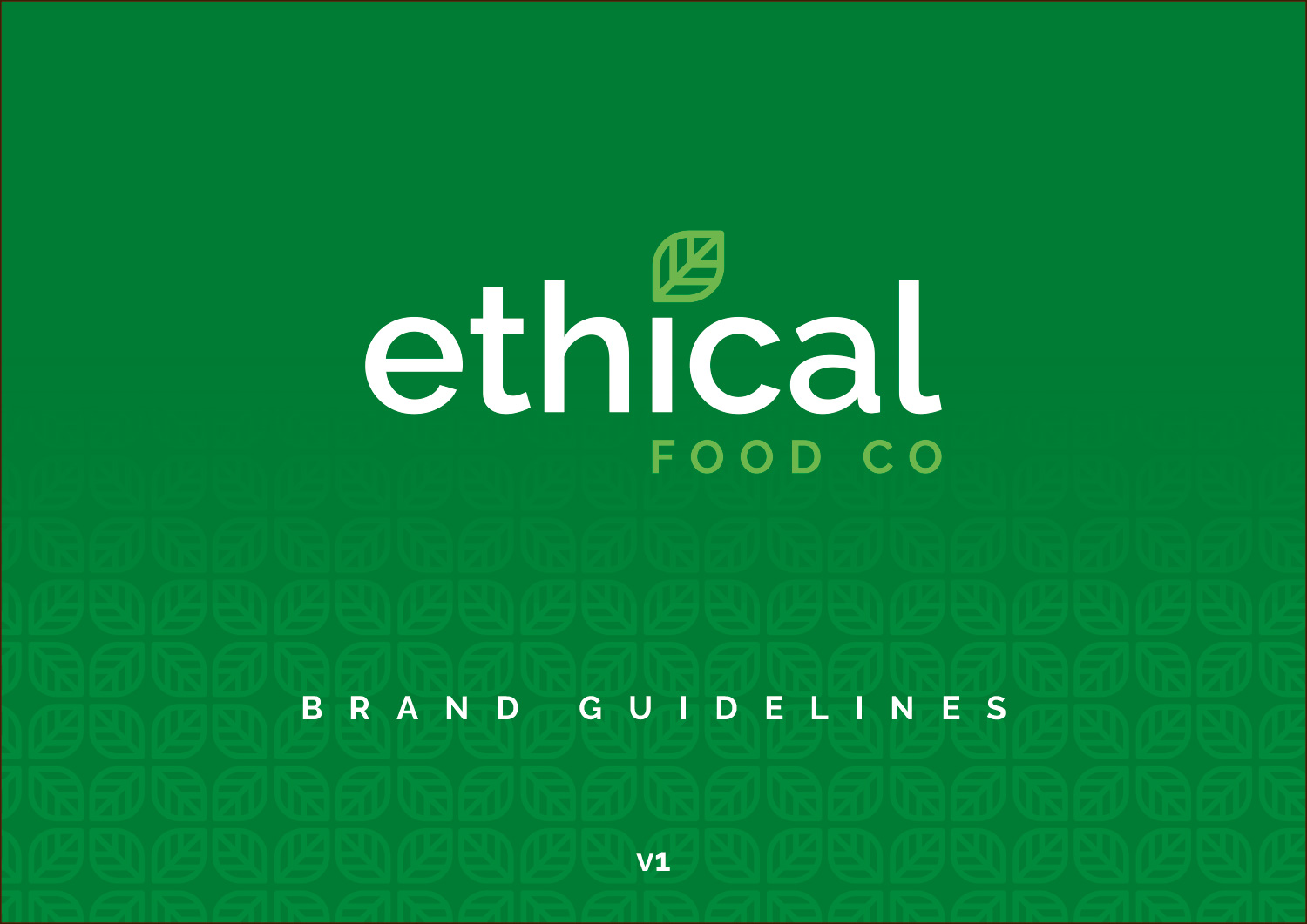
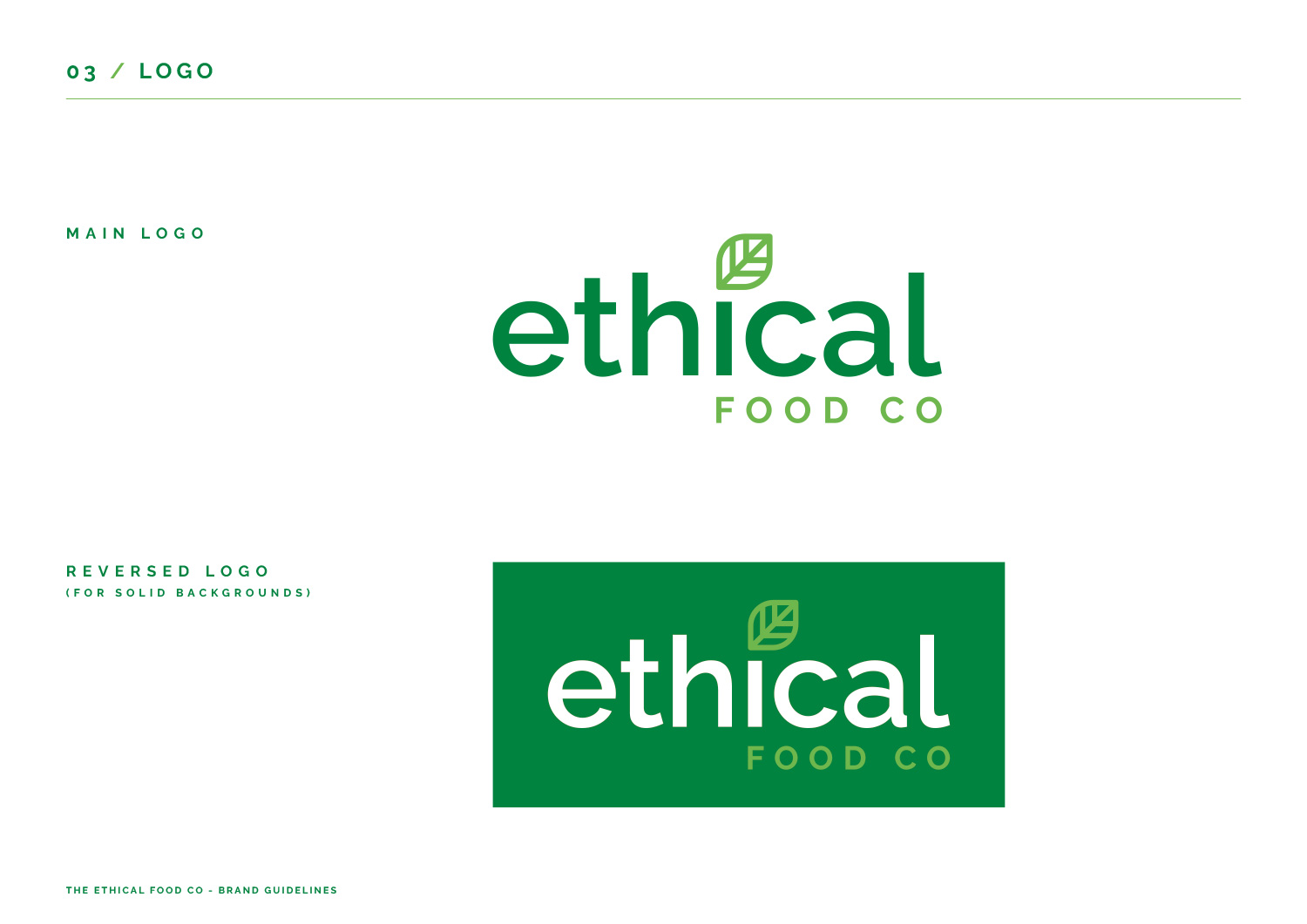
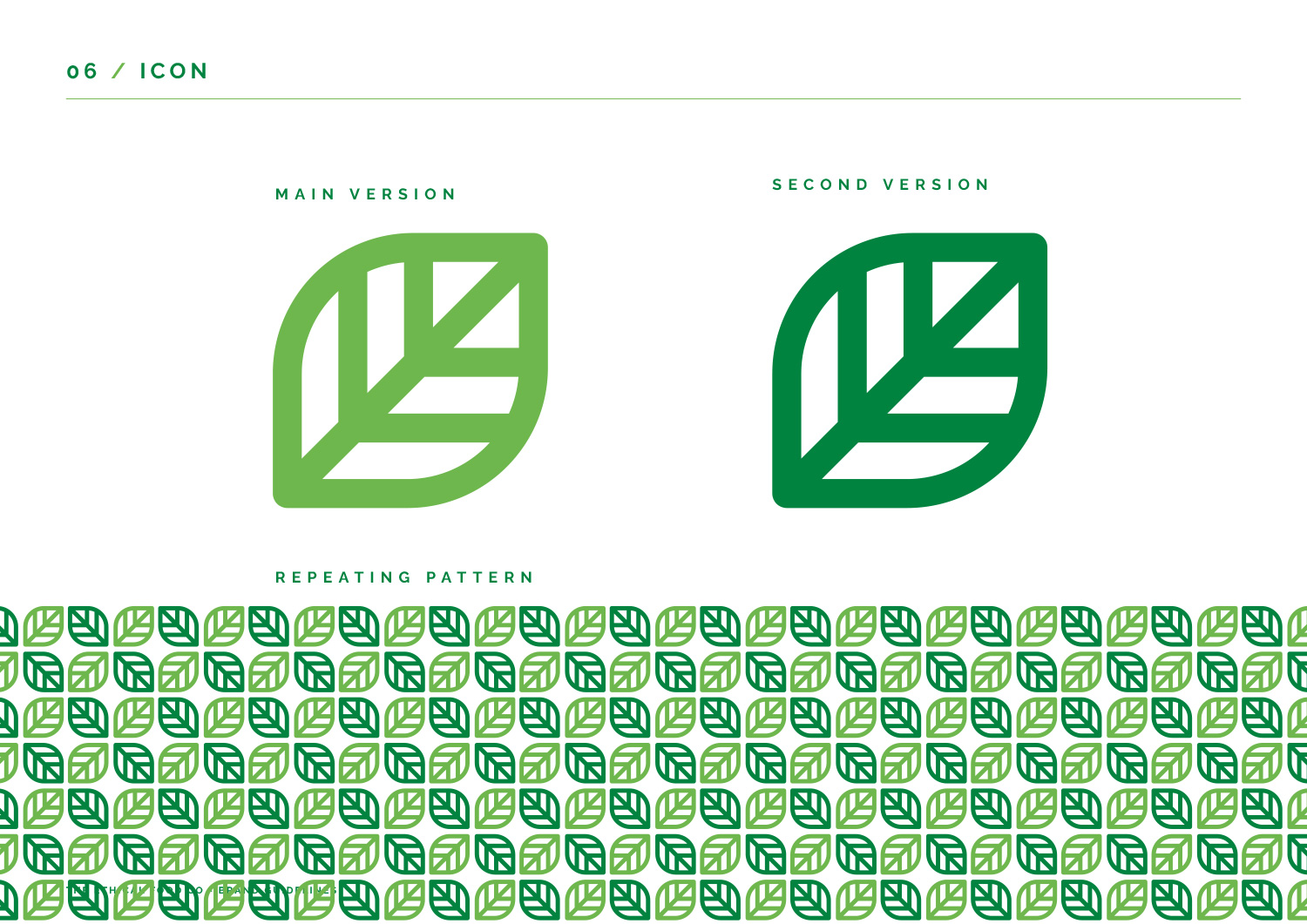
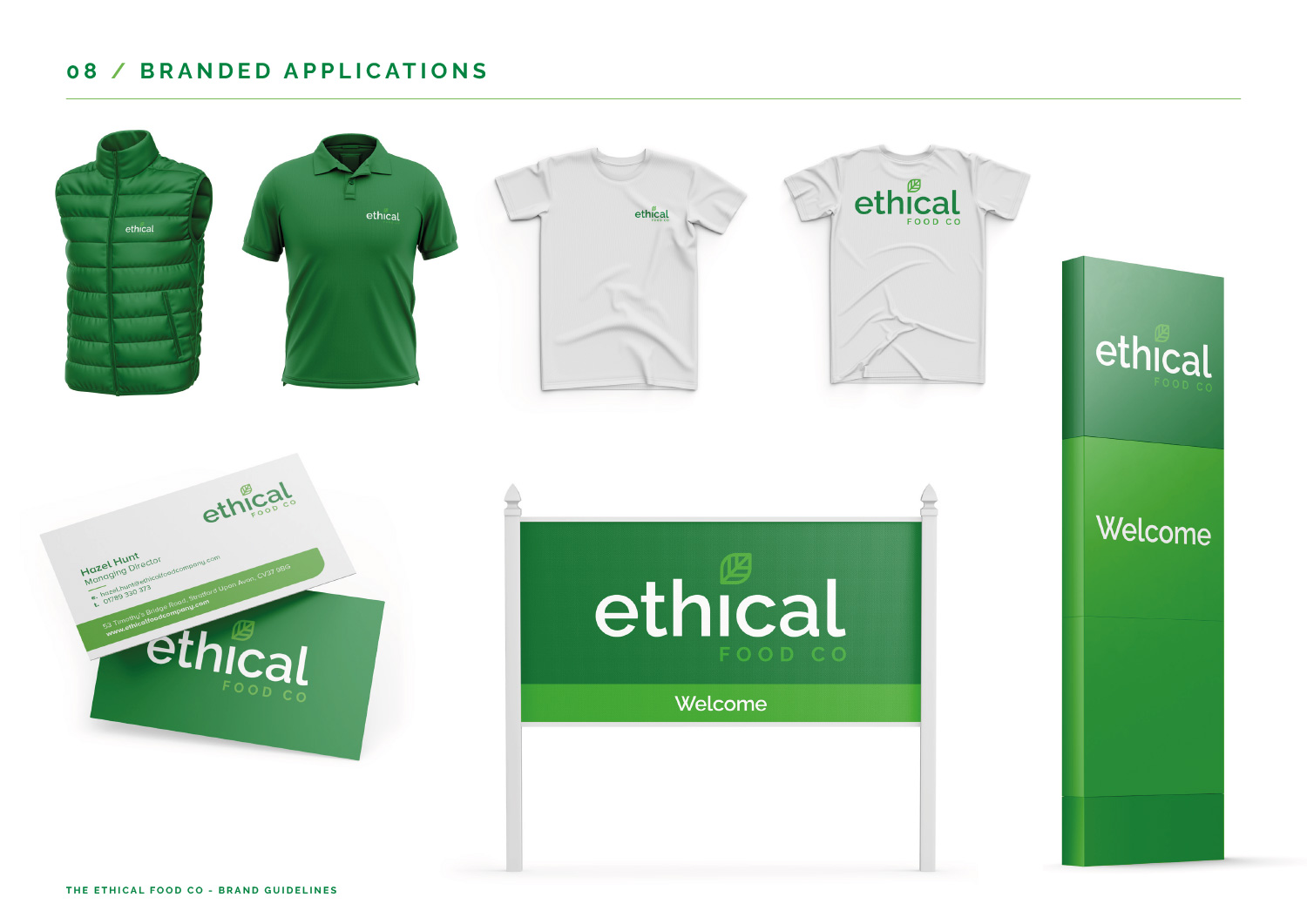
8. Have a set of professionally produced brand guidelines
Creating a new logo or brand is a starting point rather than a final result.
How you apply that brand to marketing, advertising, livery, point of sale etc., dictates what your brand will become.
If you don’t have a set of guidelines to help you or whoever is working with your brand; designers, publications, and signwriters, to name a few, then there is very little chance of maintaining consistency in image and message.
Consistency is vital with branding, and a well-produced set of guidelines is essential in achieving and maintaining consistency, allowing you to build your food brand.
9. Actively engage your consumers through social media.
The rise of social media has been meteoric, and its impact on food brands is unprecedented.
Social media is key if you have a new food brand and want instant recognition and, more importantly, feedback on your product.
Great photography is essential for likes and shares, but polls, promotions and giveaways allow instant communications with a global audience.
Every brand dreams of ‘viral’ successes, but building your tribe through social media is far more important.
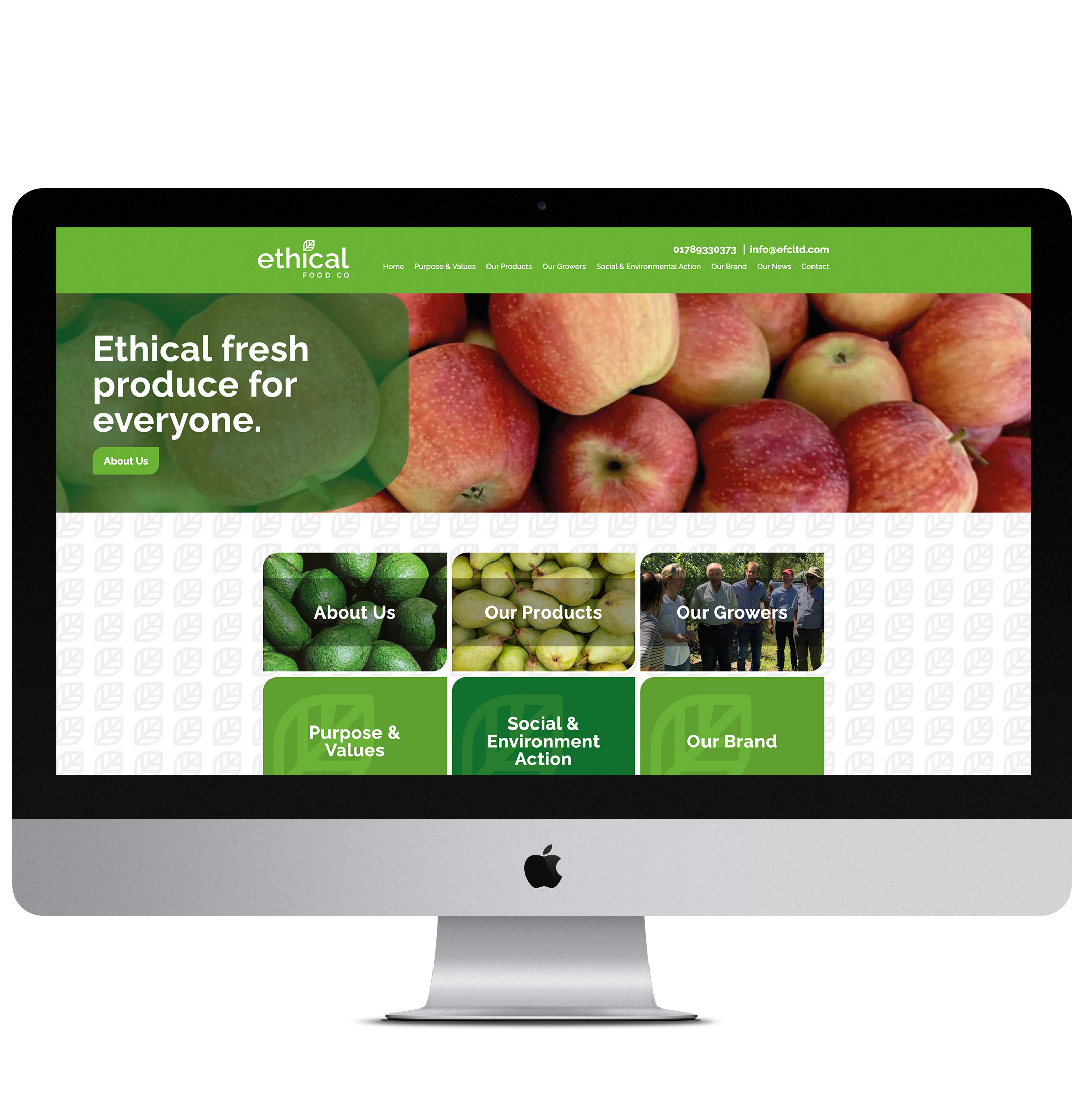
10. Invest in a website that you control
Websites are a must for qualifying who you are etc., and are a platform for you to convey all of the information that you would like your consumers to know, that you can fit on a bottle, pouch or box.
A well-designed website for your food brand allows customers to find out everything they need to know, and an online shop will allow them to buy direct from you. Modern websites are far less static than before and require new content, with blogs providing new ways for customers to engage with your brand.
Websites built on open source platforms such as WordPress offer an economical way of creating a website you have complete control over – having full access to add new products, create new content and interact with customers.
